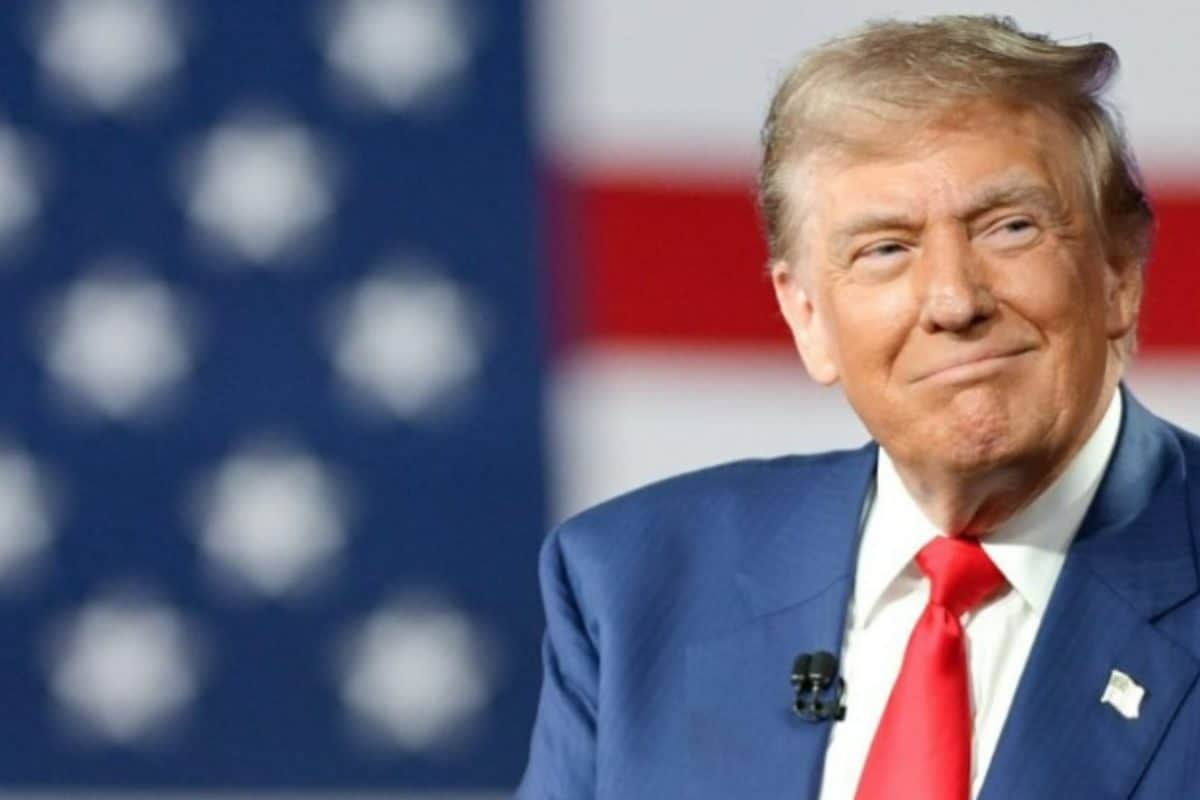

President Trump's sweeping tariffs, which had been blocked by a U.S. trade court, were temporarily reinstated by a federal appeals court on Thursday, adding another layer of uncertainty to the President's trade agenda.
The U.S. Court of International Trade had ruled the previous day that the tariffs, imposed on goods imported from almost every foreign nation, were illegal. This initial ruling was a setback for the President's trade agenda and created uncertainty for U.S. consumers and businesses who are typically responsible for paying the tariffs when imports reach the U.S. The court stated that President Trump overstepped his authority by using the International Emergency Economic Powers Act (IEEPA) of 1977 to impose the tariffs, arguing that the act did not grant him the power to unilaterally impose such sweeping import taxes. The court argued that the Constitution grants Congress the exclusive power to regulate commerce with other nations, a power not superseded by the president's authority to safeguard the economy.
However, the appeals court in Washington, D.C., granted the Trump administration's request for an immediate administrative stay, temporarily halting the lower court's decision and reinstating the levies. The appeals court has given the plaintiffs, a group of five U.S.-based companies and 12 states, until June 5th to respond to the administration's request. The appeals court has not yet provided reasoning for its decision.
These tariffs, which President Trump termed "Liberation Day" tariffs, were initially assessed on April 2nd. Some trading partners faced significantly higher import duties, with tariffs on goods produced in China reaching as high as 145% before being temporarily eased earlier in May. The tariffs were intended to bring back U.S. manufacturing jobs and generate revenue for the federal government.
The White House has been critical of the initial ruling against the tariffs, denouncing it as judicial overreach and an attempt to usurp presidential authority. White House advisor Peter Navarro has stated the administration is prepared to take its appeal to the Supreme Court.
The situation remains fluid, and the back-and-forth court rulings underscore the uncertainty surrounding the tariffs. It remains unclear whether businesses should anticipate relief if the trade court's ruling ultimately stands, or whether the tariffs will remain in place. Experts suggest that the Trump administration may explore alternative methods to impose additional tariffs. For example, the president could use Section 122 of the Trade Act of 1974 to impose tariffs of up to 15%, though these would be limited to 150 days. Additionally, a section of the Trade Act of 1930 could allow the president to impose tariffs of up to 50% on imports from nations that discriminate against the U.S.
This legal battle is expected to continue, potentially reaching the Supreme Court.